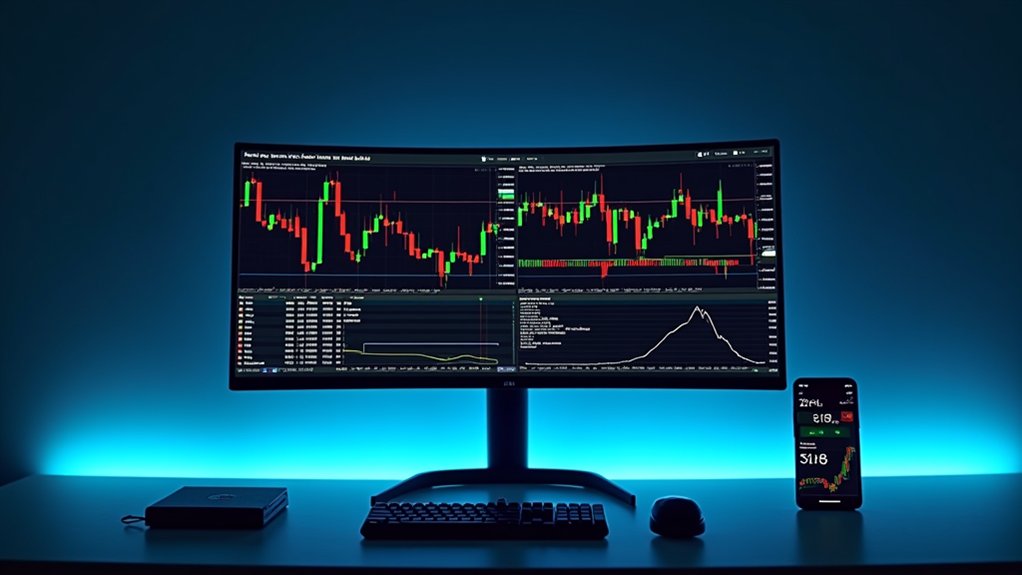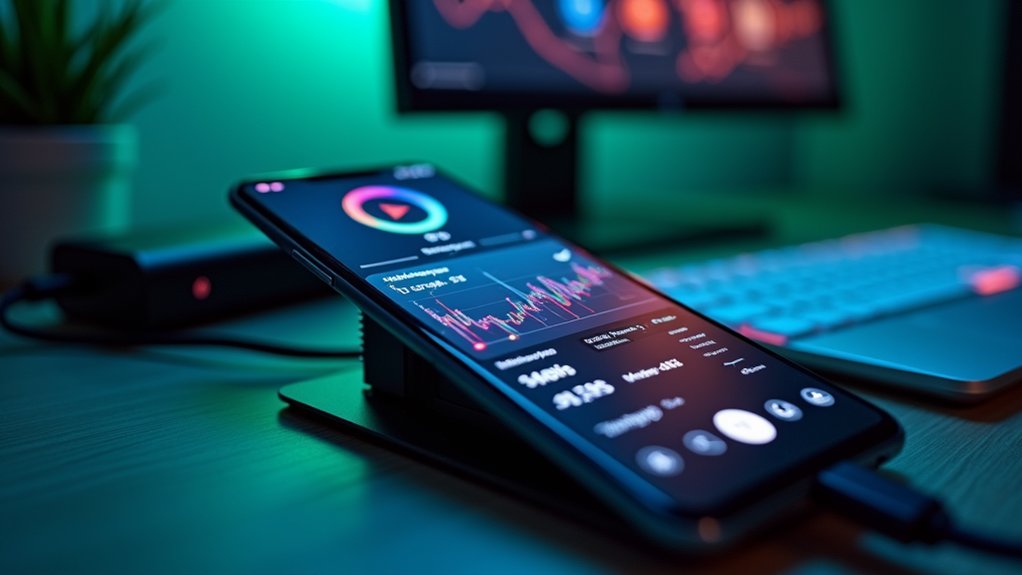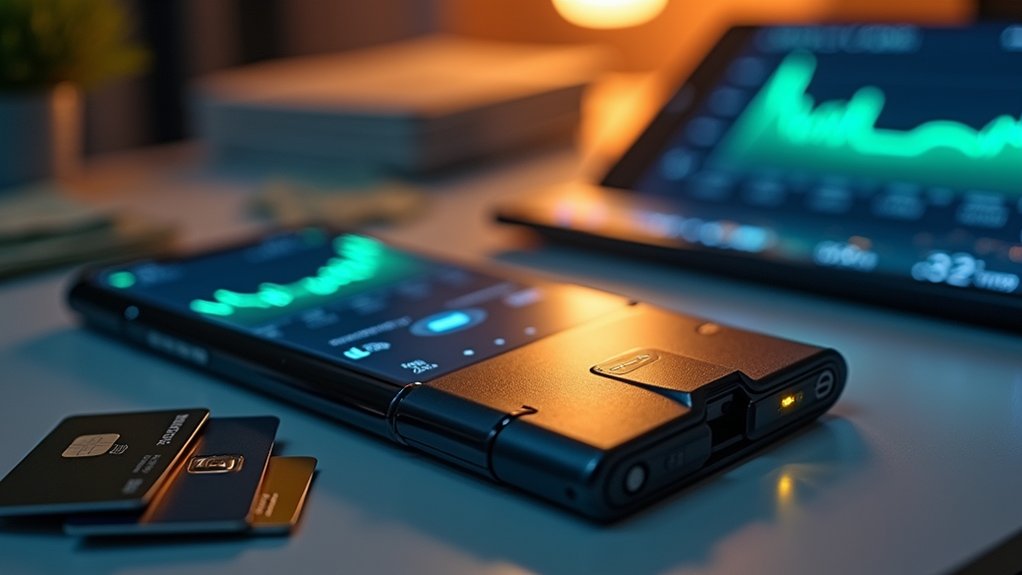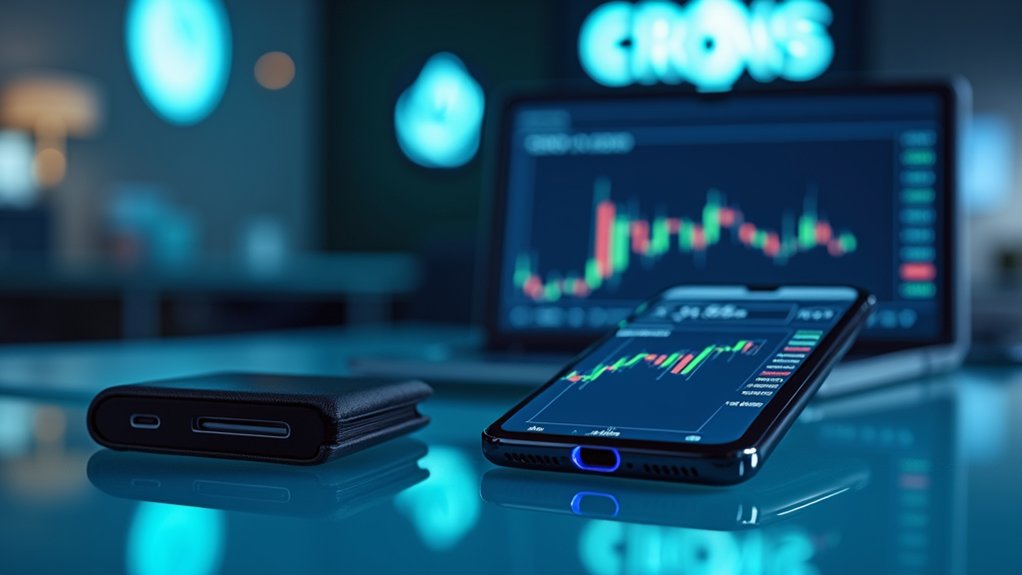Purchasing NFTs requires a cryptocurrency wallet like MetaMask or Trust Wallet to connect with established marketplaces such as OpenSea, Rarible, or SuperRare. Investors must first fund their wallet with the appropriate cryptocurrency for their chosen blockchain (Ethereum, Solana, etc.), then authenticate the connection to their preferred marketplace before placing bids or making direct purchases. Transaction costs vary considerably between platforms, affecting potential investment returns. The following guide explains each step in detail for successful NFT acquisition.

Many investors seeking to enter the burgeoning world of non-fungible tokens face a complex landscape of digital wallets, marketplaces, and blockchain technologies that require careful navigation. The initial step in this process necessitates selecting an appropriate cryptocurrency wallet, with popular software solutions including MetaMask, Coinbase Wallet, and Trust Wallet, all of which facilitate seamless NFT transactions across various blockchain networks. NFTs are available on multiple blockchains including Solana, Bitcoin, Arbitrum, Polygon, Optimism, and Ethereum.
For those prioritizing enhanced security measures, hardware wallets such as Ledger provide a physical device that stores private keys offline, greatly reducing vulnerability to online breaches and unauthorized access attempts.
The operational mechanics of decentralized wallets require users to establish connections with NFT marketplaces through dedicated interfaces, typically accomplished via "connect" buttons prominently displayed on marketplace platforms. This connection procedure enables the secure transmission of blockchain data between the marketplace and the wallet, allowing for transaction authorization.
Remarkably, certain platforms like Kraken NFT have instituted streamlined purchasing options that permit direct acquisition without requiring explicit wallet incorporation, which may appeal to newcomers seeking simplified entry points to NFT investment. NFTs offer collectors the ability to own unique digital assets with verifiable authenticity and provenance on the blockchain.
Following wallet selection, investors must identify appropriate marketplaces aligned with their investment objectives and aesthetic preferences. Leading platforms in this ecosystem include OpenSea, Rarible, MagicEden, and SuperRare, each offering distinct advantages regarding selection breadth, fee structures, and user experience design.
OpenSea maintains prominence as the largest marketplace with extensive cross-blockchain support, while SuperRare caters to collectors seeking curated digital art with established provenance. Considerations of platform-specific fee structures remain paramount, as transaction costs, listing fees, and gas prices greatly impact investment returns, particularly for lower-priced NFT acquisitions.
The traditional auction format has been adapted by several marketplaces, replicating familiar bidding mechanisms while incorporating blockchain verification. This auction architecture allows for competitive price discovery while maintaining the transparency benefits intrinsic to distributed ledger technology.
Prospective buyers should thoroughly evaluate marketplace reputation, security protocols, and community endorsement before committing financial resources to NFT acquisitions.
Frequently Asked Questions
What Legal Protections Do NFT Buyers Have?
NFT buyers possess limited legal protections, primarily through consumer protection laws that address misrepresentation and fraud. Their rights typically include personal display licenses rather than full copyright ownership, unless explicitly transferred via written agreement.
Regulatory frameworks vary by jurisdiction, potentially offering recourse against marketplace infractions, while smart contracts and platform terms establish enforceable boundaries of ownership. Buyers must verify contractual terms thoroughly, since conflicts between digital and written agreements demand resolution clarity.
Can NFTS Be Transferred Across Different Blockchain Networks?
NFTs can indeed be transferred across different blockchain networks through several established mechanisms.
Token wrapping, atomic swaps, sidechain bridging, and cross-chain bridging protocols facilitate these movements, with each method employing specific technological frameworks to maintain asset integrity during transit.
Smart contracts automate the process by locking original NFTs on the source chain while minting equivalent representations on destination networks.
Specialized platforms like NFTrade and interoperability protocols further streamline these cross-chain transactions, enabling market expansion and operational flexibility for NFT holders.
How Are NFT Royalties Enforced After Secondary Sales?
NFT royalties are primarily enforced through smart contract incorporation, where predetermined percentages are encoded in metadata during minting.
However, enforcement remains largely marketplace-dependent, since platforms like OpenSea implement royalty deductions during sales, while others make payments optional.
Technical limitations prevent universal enforcement across all blockchains and platforms, leading creators to employ strategies like blacklisting non-compliant marketplaces or utilizing tools like MetaShield to flag NFTs traded without royalty payments.
What Happens to NFTS if the Hosting Platform Shuts Down?
When a platform hosting NFTs ceases operations, the fundamental tokens remain intact on the blockchain, though accessibility to associated features diminishes greatly.
Asset visibility depends on storage mechanisms; NFTs with decentralized metadata on IPFS or Arweave maintain their integrity, while those relying on centralized servers may lose accessibility.
Platform-specific functions, including trading capabilities, royalty enforcement, and loyalty benefits, typically terminate, necessitating migration to alternative marketplaces for continued functionality and value preservation.
Are NFTS Environmentally Sustainable?
NFT sustainability has progressed considerably since Ethereum's shift from Proof of Work to Proof of Stake, reducing energy consumption by 99%.
However, projected growth indicates emissions could rebound to 0.8 TWh annually by 2030, potentially generating carbon equivalent to a million transatlantic flights.
While eco-conscious marketplaces utilizing low-energy blockchains like Tezos and Flow offer greener alternatives, the industry's overall sustainability depends on continued renewable energy incorporation and carbon offset initiatives.









